Flexible endoscopic Evaluation of Swallowing and Tracheostomy
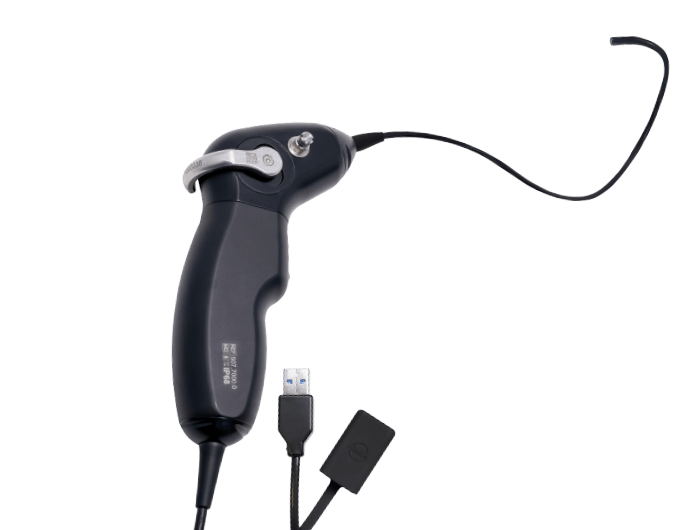
Flexible endoscopic evaluation of swallowing (FEES) is often performed by speech-language pathologists and is an ideal assessment for patients with tracheostomy and mechanical ventilation. Patients with tracheostomy and mechanical ventilation are at high risk of aspiration with up to 87% aspiration rates and up to 83% silent aspiration (Elpern, 1994). These patients are at high risk because they commonly have underlying medical conditions that can result in dysphagia. There is also evidence that the tracheostomy tube and mechanical ventilation may also result in dysphagia. See the swallowing disorders article for more information.
Due to the high risk of aspiration and silent aspiration, instrumental testing such as Flexible endoscopic evaluation of swallowing or Modified Barium Swallow Study, is recommended prior to commencement of oral intake for patients with tracheostomy and mechanical ventilation. Flexible endoscopic evaluation of swallowing is a test where a small endoscope with a camera is gently inserted into the nose to view the pharynx and larynx during swallowing. The patient may be provided with food and liquids during the exam. The study is recorded and can be viewed at a later time. A Modified Barium Swallow Study is a test where the patient is transported to a radiology suite and provided with barium and food covered barium and swallows under video fluoroscopy (x-ray). Both exams are used to assess swallow physiology and to rule out aspiration.
Timing of FEES for Patients with Tracheostomy and Mechanical Ventilation
When to perform an instrumental test is debated in the literature. The patient should be medically stable prior to commencement of oral intake. There’s a common saying in speech-language pathology that “if you can’t breathe, you can’t swallow.” The larynx shares both respiratory and swallow functions. Breathing will override swallowing. So if a patient eats while having difficulty breathing, there is a high likelihood that the breathing and swallowing process will not be coordinated and may result in aspiration.
Breathing and swallowing have a typical pattern of inhale-exhale slightly-swallow-exhale. Exhaling after the swallow can help to clear any material near the airway. Inhaling prior to the swallow helps to increase the subglottic pressure to push the food down correctly into the esophagus. If the pattern is disrupted, material can more easily enter the airway.
Some clinicians wait until the patient is weaned from mechanical ventilation. Although generally patients are at increased risk of aspiration with tracheostomy and mechanical ventilation, there are certainly some patients who can safely eat and drink while on a ventilator. Early intervention for dysphagia therapy can help reduce the effects of muscle wasting and return a patient to oral intake quicker.
There are also some clinicians who wait for a patient to tolerate a speaking valve. While speaking valves have been shown to reduce the risk of aspiration in some patients, there are certainly some patients who can safely eat and drink without a speaking valve in place. It is typically best to assess the patient in both conditions with a speaking valve on and off if the patient is able to tolerate a speaking valve.
If a patient is medically stable, an instrumental assessment is recommended prior to significant oral intake. FEES is typically the study that is recommended due to the benefits.
.
Benefits of Flexible Endoscopic Evaluation of Swallowing for Patients with Tracheostomy:
Flexible endoscopic evaluation of swallowing is the ideal test for patients with tracheostomy and/or mechanical ventilation to assess for swallow physiology and rule out aspiration. FEES can be done directly at the patient’s bedside. Patients with tracheostomy and mechanical ventilation often are difficult to transport.
FEES allows for assessment of secretions. There are many patients with tracheostomy with difficulty managing secretions, and this can be visualized. Assessment of secretions is also important for determining potential for decannulation.
FEES is also beneficial for assessment of the structures of the larynx and pharynx. Patients with tracheostomy were often intubated prior to tracheostomy. Intubation can result in laryngeal pathology such as vocal fold paresis/paralysis, edema, erythema, granulation tissue. Tracheal stenosis may also be visualized. Although the SLP does not diagnose medical conditions, the information gleaned from the study is vital to determining airway patency issues and potential for decannulation. Referrals for ENT may be made if pathologies are found.
FEES and Secretions
Viewing and monitoring secretions is possible during the FEES exam and can help determine patient progress. FEES can be used for biofeedback. Often patients have poor sensation and may not sense secretions in their airway. FEES can be used as biofeedback for the patient to help them clear any secretions.
Summary
Instrumental testing is recommended prior to commencing a diet for patients with tracheostomy and mechanical ventilation due to a high risk of silent aspiration.
Flexible endoscopic evaluation of swallowing is a great assessment tool, providing many benefits to patients with tracheostomy and mechanical ventilation over MBSS, although there may be times when both procedures are indicated. It can also be helpful in determining if a patient is safe for decannulation.

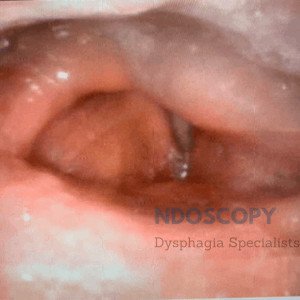

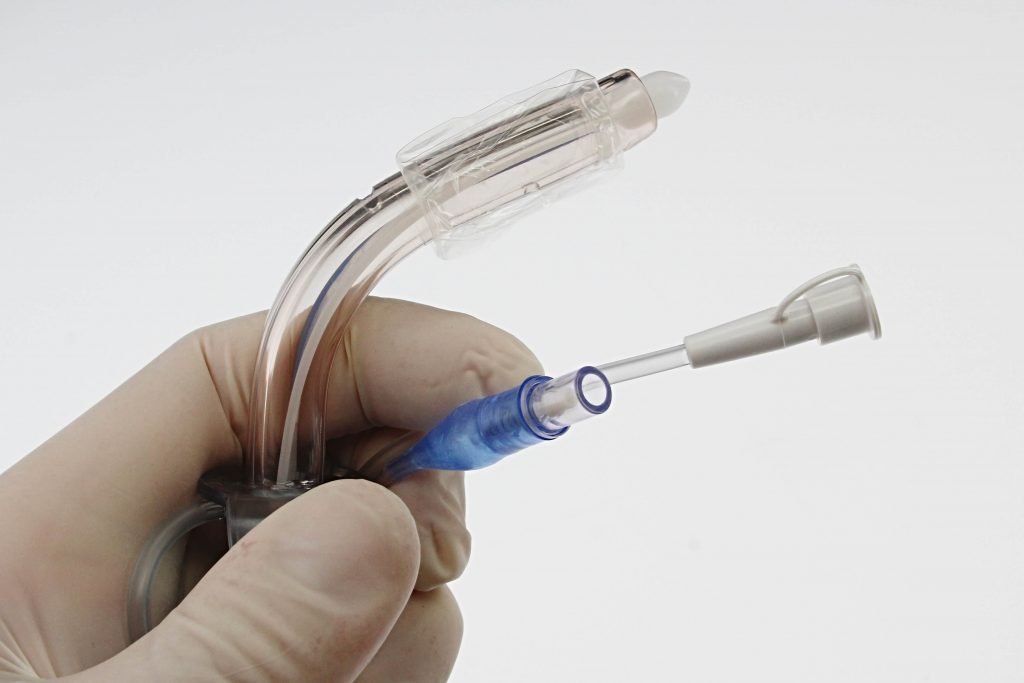
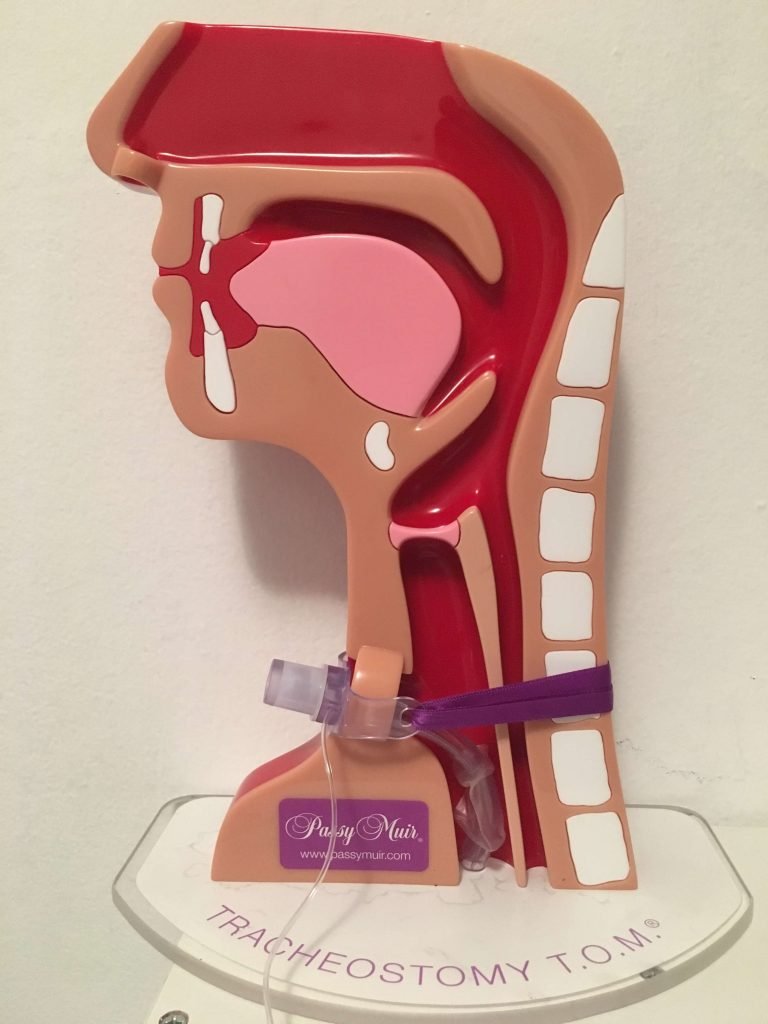
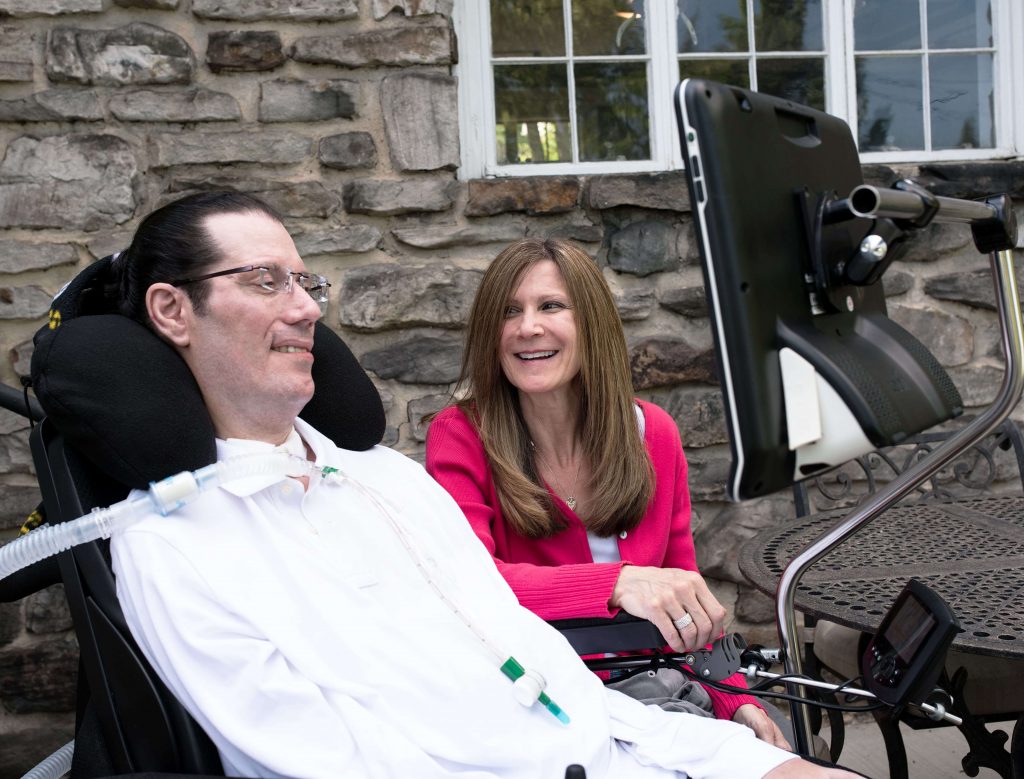

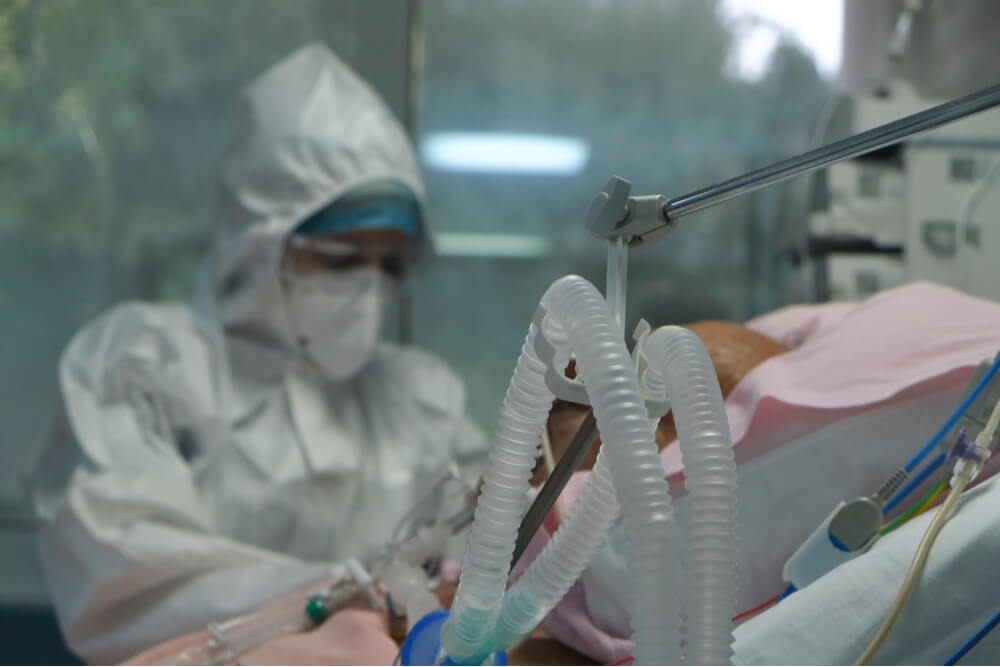
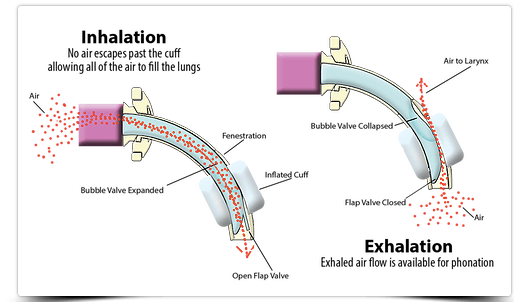
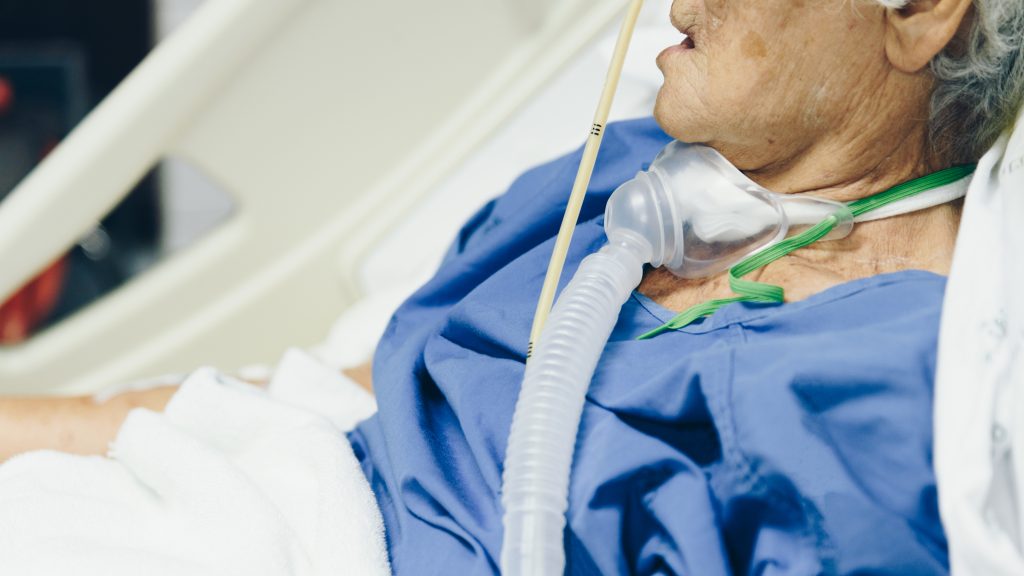
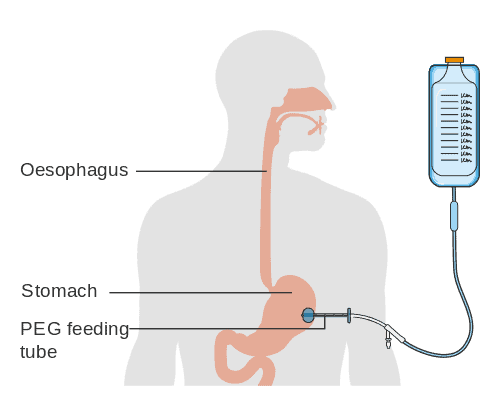
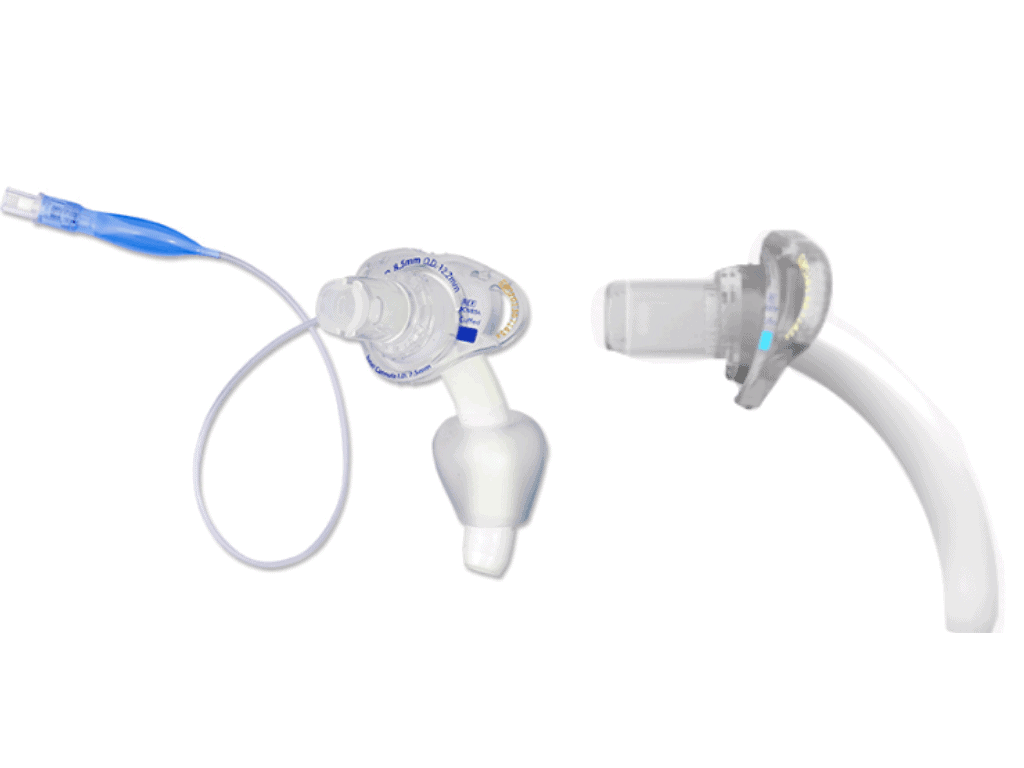

Responses